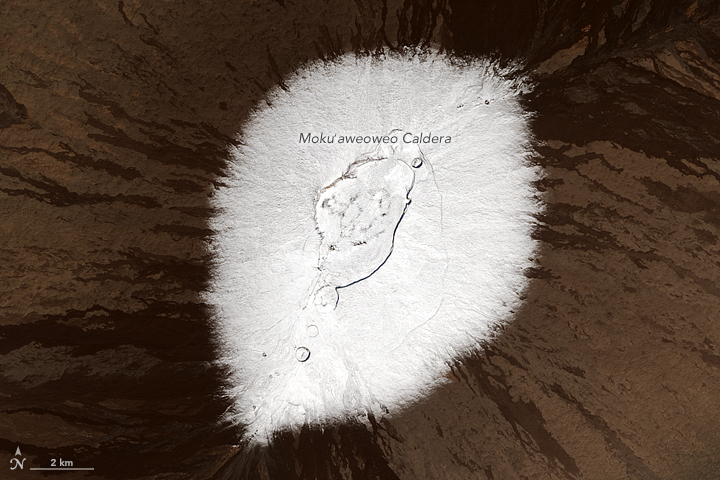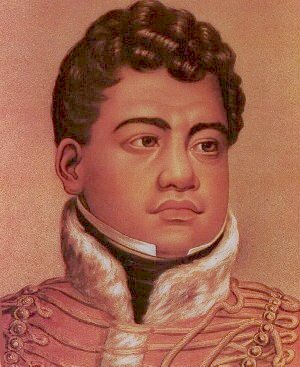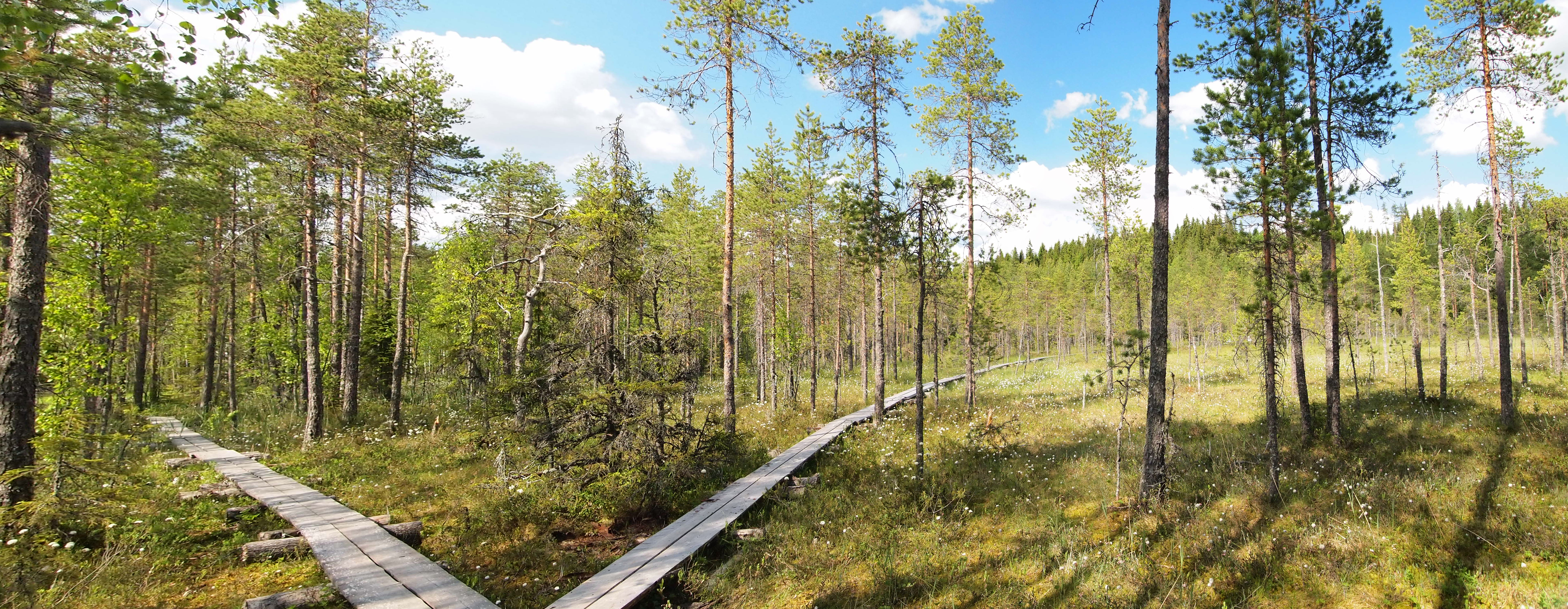|
Puʻu Huluhulu
Puu Huluhulu is a volcanic cone located near the center of the Island of Hawaii in the State of Hawaii. It is located on the southern side of Hawaii Route 200 (Daniel K. Inouye Highway, also known locally as Saddle Road), directly across from the highway's intersection with the Mauna Kea Access Road. Puu Huluhulu is Hawaiian language, Hawaiian for ''hairy hill'' (puu=hill and huluhulu=hairy). The cone is a kīpuka, which is an older volcanic hill covered with vegetation, surrounded by the younger lava flow. The hill is located on Hawaii Route 200 and is a native tree sanctuary and a nature trail. Beginning in July 2019, various groups opposed to the Thirty Meter Telescope gathered at Puu Huluhulu to block Mauna Kea Access Road and temporarily stop its construction, despite the Hawaii Supreme Court's ruling to allow construction to move forward. [...More Info...] [...Related Items...] OR: [Wikipedia] [Google] [Baidu] |
:en:Hawaii Tribune-Herald
''Hawaii Tribune-Herald'' is a daily newspaper based in Hilo, Hawaii. It is owned and published by Oahu Publications, a subsidiary of Black Press. History The ''Hilo Tribune'' began publication on November 23, 1895, and changed its name to the ''Hilo Daily Tribune'' in 1917. The Hilo Daily Tribune, the ''Hawaii Herald'' (August 13, 1896 – February 22, 1923) and the ''Daily Post-Herald'' merged to form the ''Hilo Tribune-Herald'', which began publishing on February 19, 1923. It continued under that name until March 1964, when it assumed its present title. In 1962, the newspaper began publication of a weekly special edition for the west ( Kona) side of the island, which later became ''West Hawaii Today'', now published daily. With the demise of the ''Hawaii Island Journal'' in June 2008, ''Tribune-Herald'' owner Stephens Media Group ran all the commercial newspapers on the island including the ''Big Island Weekly''. ''Big Island Weekly'' published its last issue in July 2014. ... [...More Info...] [...Related Items...] OR: [Wikipedia] [Google] [Baidu] |
Mauna Kea Observatories
The Mauna Kea Observatories (MKO) are a group of independent astronomical research facilities and large telescope observatories that are located at the summit of Mauna Kea on Hawaii (island), Hawaiʻi, United States. The facilities are located in a 525-acre (212 ha) special land use zone known as the "Astronomy Precinct", which is located within the 11,228-acre (4,544 ha) Mauna Kea Science Reserve. The Astronomy Precinct was established in 1967 and is located on land protected by the National Historic Preservation Act of 1966, Historical Preservation Act for its significance to Hawaiian culture. The presence and continued construction of telescopes Opposition to the Mauna Kea Observatories, is highly controversial due to Mauna Kea's centrality in native Hawaiian religion and culture, as well as for a variety of environmental reasons. The location is near ideal because of its light pollution, dark skies from lack of light pollution, good astronomical seeing, low Relative ... [...More Info...] [...Related Items...] OR: [Wikipedia] [Google] [Baidu] |
Onizuka Center For International Astronomy
The Onizuka Center for International Astronomy, also known as Hale Pōhaku, is a complex of support facilities for the telescopes and other instruments that comprise the Mauna Kea Observatory atop Mauna Kea, on Hawaii island. History A few rustic cabins named Hale Pōhaku (which means "stone house" in the Hawaiian language) were built by the Civilian Conservation Corps on the southern slope of Mauna Kea in the 1930s for hunters and other explorers. A rough jeep trail was built in 1964 under Governor John A. Burns, and a small telescope determined that Mauna Kea would be an ideal place for an astronomical observatory. The Hale Pōhaku area was used as a construction camp for the building of the observatories through the 1970s, and the road realigned in 1975. A permanent complex of buildings was constructed in 1983 known as the Mid-Level Facility. The Mid-Level Facility was renamed for the Hawaii-born astronaut Ellison Onizuka, who died in the Space Shuttle ''Challenger'' disast ... [...More Info...] [...Related Items...] OR: [Wikipedia] [Google] [Baidu] |
Cinder Cones
A cinder cone or scoria cone is a steep, conical landform of loose pyroclastic fragments, such as volcanic ash, clinkers, or scoria that has been built around a volcanic vent. The pyroclastic fragments are formed by explosive eruptions or lava fountains from a single, typically cylindrical, vent. As the gas-charged lava is blown violently into the air, it breaks into small fragments that solidify and fall as either cinders, clinkers, or scoria around the vent to form a cone that is often symmetrical, with slopes between 30° and 40° and a nearly circular base. Most cinder cones have a bowl-shaped crater at the summit. Mechanics of eruption Cinder cones range in size from tens to hundreds of meters tall. They are composed of loose pyroclastic material (cinder or scoria), which distinguishes them from '' spatter cones'', which are composed of agglomerated volcanic bombs. The pyroclastic material making up a cinder cone is usually basaltic to andesitic in composition. It is ... [...More Info...] [...Related Items...] OR: [Wikipedia] [Google] [Baidu] |
Lava Plateau
A volcanic plateau is a plateau produced by volcanic activity. There are two main types: lava plateaus and pyroclastic plateaus. Lava plateau Lava plateaus are formed by highly fluid basaltic lava during numerous successive eruptions through numerous vents without violent explosions (quiet eruptions). These eruptions are quiet because of the low viscosity of the lava and the small amount of trapped gases. The resulting sheet lava flows may be extruded from linear fissures or rifts or gigantic volcanic eruptions through multiple vents characteristic of the prehistoric era which produced giant flood basalts. Multiple successive and extensive lava flows cover the original landscape to eventually form a plateau, which may contain lava fields, cinder cones, shield volcanoes and other volcanic landforms. In some cases, a lava plateau may be part of a single volcano. An example is the massive Level Mountain shield volcano in northern British Columbia, Canada, which covers an area ... [...More Info...] [...Related Items...] OR: [Wikipedia] [Google] [Baidu] |
Mauna Loa
Mauna Loa (, ; ) is one of five volcanoes that form the Island of Hawaii in the U.S. state of Hawaii in the Pacific Ocean. Mauna Loa is Earth's largest active volcano by both mass and volume. It was historically considered to be the largest volcano on Earth until the submarine mountain Tamu Massif was discovered to be larger. Mauna Loa is a shield volcano with relatively gentle slopes, and a volume estimated at , although its peak is about lower than that of its neighbor, Mauna Kea. Lava eruptions from Mauna Loa are silica-poor and very fluid, and tend to be non-explosive. Mauna Loa has likely been erupting for at least 700,000 years, and may have emerged above sea level about 400,000 years ago. Some dated rocks are 470,000 years old. The volcano's magma comes from the Hawaii hotspot, which has been responsible for the creation of the Hawaiian Island chain over tens of millions of years. The slow drift of the Pacific Plate will eventually carry Mauna Lo ... [...More Info...] [...Related Items...] OR: [Wikipedia] [Google] [Baidu] |
Native Hawaiians
Native Hawaiians (also known as Indigenous Hawaiians, Kānaka Maoli, Aboriginal Hawaiians, or simply Hawaiians; , , , and ) are the Indigenous Polynesian people of the Hawaiian Islands. Hawaiʻi was settled at least 800 years ago by Polynesians who sailed from the Society Islands. The settlers gradually became detached from their homeland and developed a distinct Hawaiian culture and identity in their new home. They created new religious and cultural structures, in response to their new circumstances and to pass knowledge from one generation to the next. Hence, the Hawaiian religion focuses on ways to live and relate to the land and instills a sense of community. The Hawaiian Kingdom was formed in 1795, when Kamehameha the Great, of the then-independent island of Hawaiʻi, conquered the independent islands of Oʻahu, Maui, Molokaʻi, and Lānaʻi to form the kingdom. In 1810, Kauaʻi and Niʻihau joined the Kingdom, the last inhabited islands to do so. The Kingdom recei ... [...More Info...] [...Related Items...] OR: [Wikipedia] [Google] [Baidu] |
Hawaii Supreme Court
The Supreme Court of Hawaii is the highest court of the State of Hawaii in the United States. Its decisions are binding on all other courts of the Hawaii State Judiciary. The principal purpose of the Supreme Court is to review the decisions of the trial courts in which appeals have been granted. Appeals are decided by the members of the Supreme Court based on written records and in some cases may grant oral arguments in the main Supreme Court chamber. Like its mainland United States counterparts, the Supreme Court does not take evidence and uses only evidence provided in previous trials. The Supreme Court of Hawaii meets in Aliiōlani Hale in Honolulu. History The case law reported in ''Hawaiian Reports'' dates back to January 1847 and the reign of Kamehameha III, long before Hawaii was annexed by the United States in 1898. (Early Hawaiian cases were originally reported in ''The Polynesian''.) Kamehemeha III sought to modernize the Hawaiian Kingdom by rapidly transition ... [...More Info...] [...Related Items...] OR: [Wikipedia] [Google] [Baidu] |
Island Of Hawaii
Hawaii is the List of islands of the United States by area, largest island in the United States, located in the Hawaii, state of Hawaii, the southernmost state in the union. It is the southeasternmost of the Hawaiian Islands, a chain of volcanic islands in the Pacific Ocean, North Pacific Ocean. With an area of , it has 63% of the Hawaiian archipelago's combined landmass. However, it has only 13% of the archipelago's population. The island of Hawaii is the third largest island in Polynesia, behind the North Island, North and South Islands of New Zealand. The island is often referred to as the Island of Hawaii or Hawaii Island to distinguish it from the state. It is also referred to as The Big Island, due to its size relative to the other islands. In Hawaiian language, Hawaiian, the island is sometimes called ''Moku o Keawe''. The word ''keawe'' has several meanings. One definition, "southern cross", is said to be the name of an ancient chief. Another definition is "the bearer". ... [...More Info...] [...Related Items...] OR: [Wikipedia] [Google] [Baidu] |
Thirty Meter Telescope
The Thirty Meter Telescope (TMT) is a planned extremely large telescope (ELT) proposed to be built on Mauna Kea, on the Hawaii (island), island of Hawai'i. The TMT would become the largest visible-light telescope on Mauna Kea. Scientists have been considering ELTs since the mid 1980s. In 2000, astronomers considered the possibility of a telescope with a light-gathering mirror larger than in diameter, using either small segments that create one large mirror, or a grouping of larger mirrors working as one unit. The US National Academy of Sciences recommended a telescope be the focus of U.S. interests, seeking to see it built within the decade. Scientists at the University of California, Santa Cruz and Caltech began development of a design that would eventually become the TMT, consisting of a 492-segment primary mirror with nine times the power of the Keck Observatory. Due to its light-gathering power and the optimal observing conditions which exist atop Mauna Kea, the TMT wo ... [...More Info...] [...Related Items...] OR: [Wikipedia] [Google] [Baidu] |
Nature Trail
An educational trail (or sometimes educational path), nature trail or nature walk is a specially developed hiking trail or footpath that runs through the countryside, along which there are marked stations or stops next to points of natural science, natural, technological or cultural interest. These may convey information about, for example, flora and fauna, soil science, geology, mining, ecology or cultural history. Longer trails, that link more widely spaced natural phenomena or structures together, may be referred to as themed trails or paths. In order to give a clearer explanation of the objects located at each station, display boards or other exhibits are usually erected, in keeping with the purpose of the trail. These may include: information boards, photographs and pictures, maps or plans, display cases and models, slides, sound or multimedia devices, facilities to enable experimentation and so on. The routes are regularly maintained. Educational trails with a strong thema ... [...More Info...] [...Related Items...] OR: [Wikipedia] [Google] [Baidu] |







